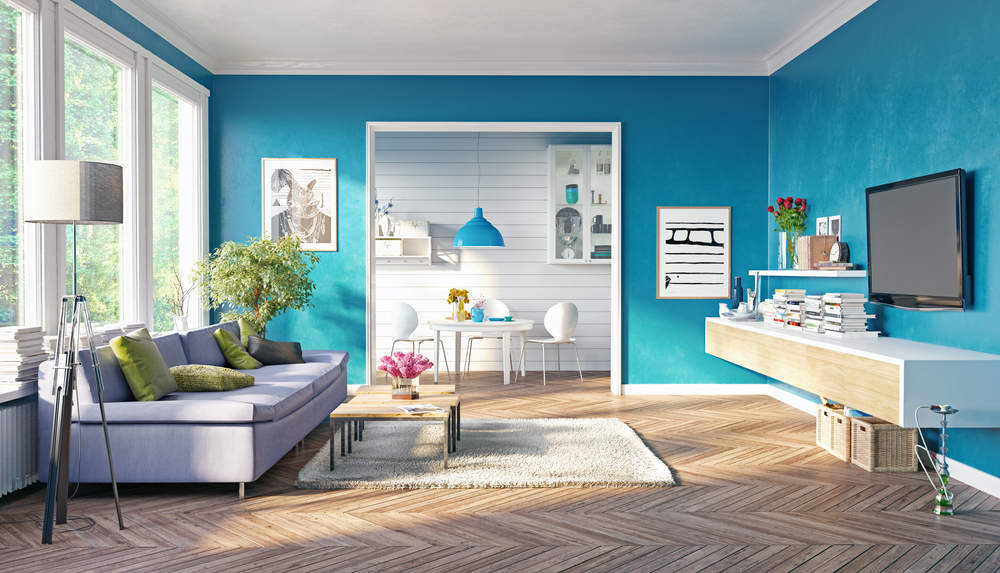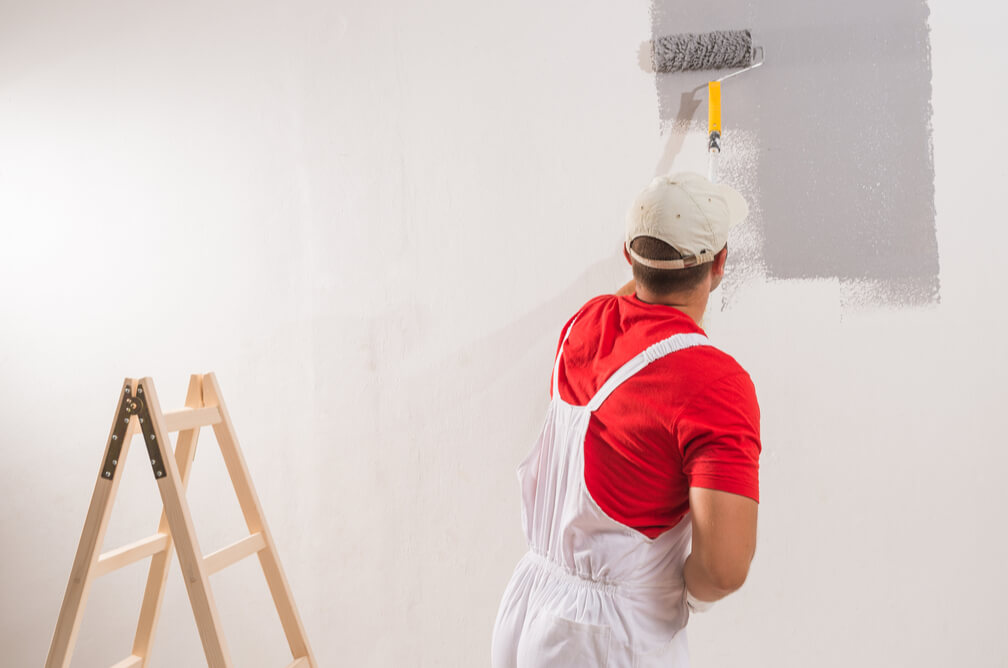Lakewood Interior Painting: Transform Your Home with Expert Painters and Services
Wiki Article
Enhance Your Interior Decoration With Comprehensive Color Assessment
The integration of shade consultation right into interior design offers a distinct possibility to fine-tune and boost the aesthetic and psychological vibration of a space. By involving with an experienced color consultant, you can browse the complexities of color choice, guaranteeing that your selections not only enhance architectural functions however also resonate with individual style and mental influence.Advantages of Color Examination

Moreover, shade appointment aids in taking full advantage of natural light and maximizing spatial perception. Lighter colors can make a room show up even more extensive, while darker tones create an intimate setup. Cleveland Metro Painting Specialists. This tactical application of shade can considerably affect the general atmosphere of any kind of interior area
In addition, expert experts have a detailed understanding of current patterns and classic classics, making certain that the chosen colors will certainly continue to be appealing in time. This insight can save clients from costly redesigns in the future. Lastly, shade consultation empowers customers by providing them with a clear vision and direction, promoting self-confidence in their layout selections and ultimately causing a more effective and gratifying indoor design outcome.
Understanding Color Psychology
The importance of color psychology in indoor layout can not be overemphasized, as it looks into the mental and emotional effects that various hues can stimulate in people. Shades can affect mood, habits, and even performance, making them a crucial consideration in any design task.For example, warm shades such as red, orange, and yellow are usually linked with power and heat. They can stimulate sensations of excitement and convenience, making them suitable for social spaces like living areas or kitchen areas. On the other hand, awesome colors like blue, environment-friendly, and purple have a tendency to stimulate calmness and tranquility, making them excellent for rooms or reflection areas.
In addition, making use of neutral tones can develop a balanced setting by permitting the bolder shades to stick out without overwhelming the detects. Understanding these mental influences makes it possible for designers to produce rooms that not only look visually pleasing but likewise advertise psychological well-being.
Integrating shade psychology into interior decoration involves a thoughtful option of tones tailored to the designated feature of each space, eventually improving the overall experience for its owners. This awareness is vital for attaining a harmonious and practical interior atmosphere.
The Shade Wheel Clarified
It makes up main colors-- red, blue, and yellow-- that can not be created by mixing various other shades. Tertiary colors result from blending a key and a second shade, leading to shades such as blue-green and red-orange.The shade wheel helps designers grasp the partnerships between shades, including corresponding, analogous, and triadic schemes. Corresponding colors, located opposite each other on the wheel, develop dynamic contrasts that can invigorate a room.
Using the shade wheel in interior style not just improves visual charm but likewise stimulates particular feelings and ambiences, making it a crucial recommendation for color consultation. Comprehending these partnerships ultimately equips developers to develop spaces that are both aesthetically exciting and functional.
Choosing the Right Scheme
An appropriate shade system can link a space, boost its features, and evoke desired feelings. Various areas serve varied functions and call for combinations that show their intended use; for circumstances, serene shades such as soft blues or eco-friendlies function well in bed rooms, promoting leisure.Following, think about the natural light available. Light can drastically modify exactly how colors show up, so it is necessary to examine the space at different times of the day. In addition, consider existing building aspects and furnishings. An unified palette needs to match these functions, producing a natural look throughout the space.
When choosing colors, use the 60-30-10 rule, which suggests that 60% of the area must be a dominant shade, 30% an additional shade, and 10% an accent shade. This proportion ensures equilibrium and aesthetic interest (Cleveland Metro Painting Specialists). Example colors on the walls before committing, as this allows you to see exactly how the tones interact with one another and the total ambiance they produce in your indoor Color Consultation in Lakewood layout task.
Working With a Color Specialist

When functioning with a color specialist, the procedure usually starts with an initial examination. Throughout this conference, you'll discuss your vision, preferences, and the existing components in your room. The specialist will analyze your needs and may advise particular shade schemes that straighten with your goals.
After establishing a direction, the expert will certainly provide samples and aesthetic help to aid you picture the proposed color design. This step is critical, as colors can appear differently under varying illumination conditions.
Furthermore, a color specialist can lead you in selecting complementary furnishings, art work, and devices to integrate with your picked scheme. By teaming up closely, you can achieve a refined aesthetic that elevates your insides and develops a welcoming environment. Eventually, the experience of a shade professional can dramatically boost the general effect of your style project.
Conclusion
In summary, detailed color appointment offers as an important device for enhancing indoor design. By leveraging professional expertise of color psychology and spatial characteristics, a tailored shade palette can be established to stimulate particular feelings and develop a harmonious atmosphere.By engaging with an experienced shade specialist, you can browse the intricacies of color choice, making sure that your choices not just enhance architectural functions yet also resonate with individual design and emotional influence. It consists of primary colors-- red, blue, and yellow-- that can not be produced by mixing various other shades.The shade wheel aids designers grasp the connections in between shades, including corresponding, comparable, and triadic schemes.When choosing colors, make use of the 60-30-10 guideline, which suggests that 60% of the area must be a leading shade, 30% a secondary color, and 10% an accent color. By leveraging expert understanding of color psychology and spatial dynamics, a tailored color palette can be developed to stimulate details feelings and develop an unified setting.
Report this wiki page